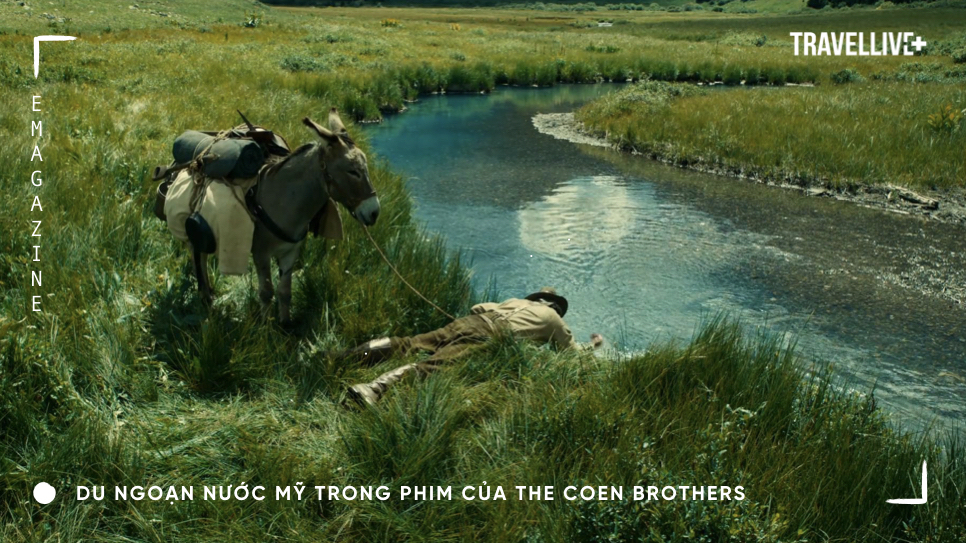“You don't need a true story to make a true movie."
Since the 80s, countless souls have grown thanks to the journeys on the slopes of land containing the utmost joy and the perverse misery in the films of the Coen Brothers. Those “places” seem to have no time mark or place in the heart of an audience, but instead they are continuously present in the mind, a true truth that is always found in the memories of many generations. In each trip of only 2 hours, we walk in the shoes of fictional characters on their cause and effect journey, rolling through dark skies and bare cliffs, where evil is stripped bare and the truest instincts of human beings are revealed.

On a gloomy afternoon in the middle of the desert, a white sedan parked at a gas station on the side of the road, where a grocery store stood alone. Although it was located next to a highway, there was not a single sound, everyone held their breath when the big black-haired man entered the frame. The assassin Anton Chargugh was not only questioning the people in the movie, he was also looking to see where our souls could escape to in this empty world, just him and the dust.
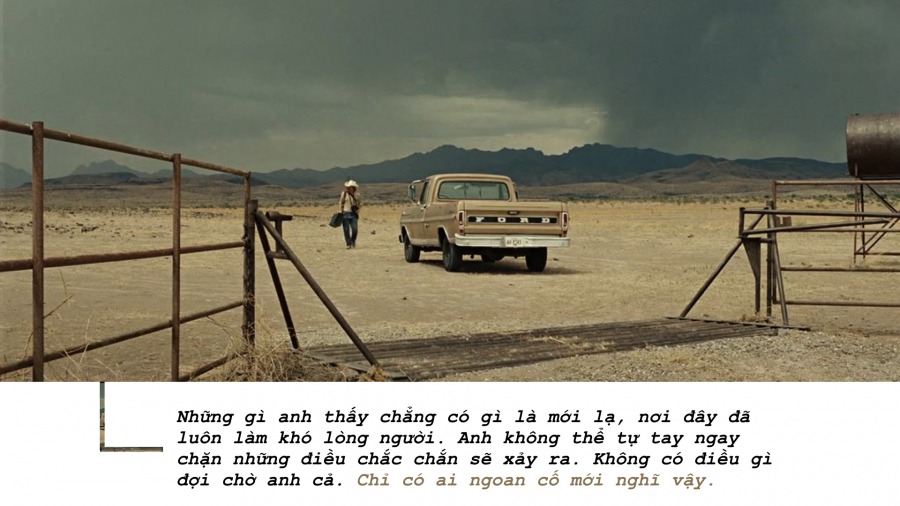
This classic scene was set in a real gas station in New Mexico, from which the Coen brothers portrayed a cynical feeling of those living in this world, a world with no place to hide where only outlaws can "take refuge".

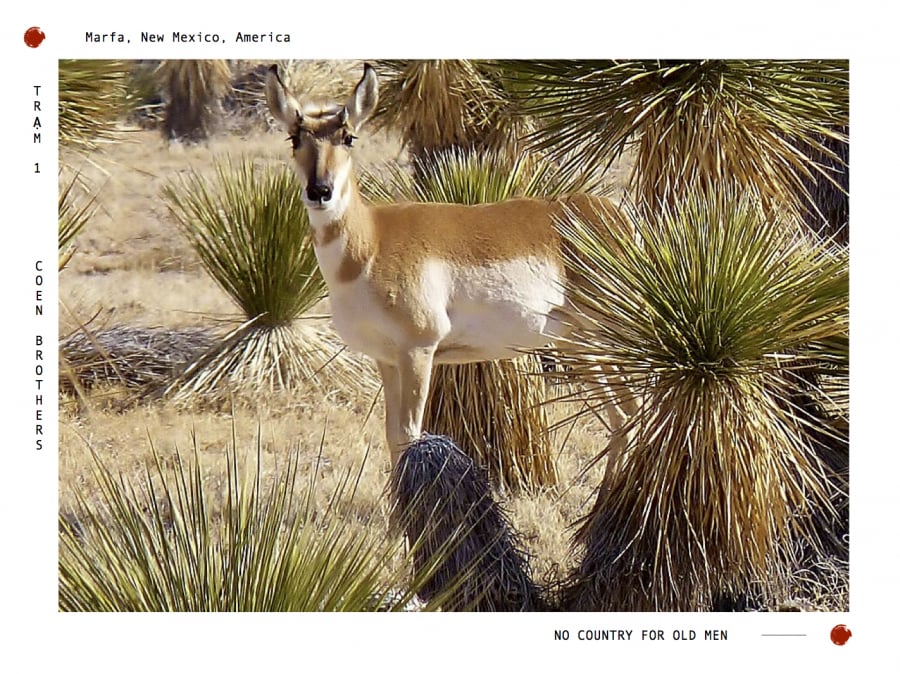
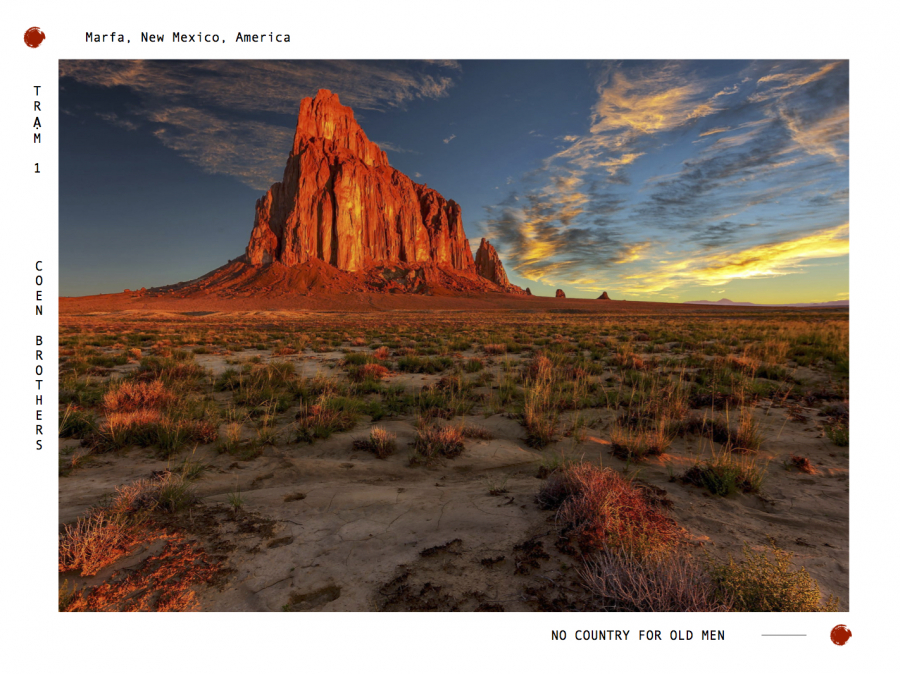

In the novel,No Country For Old MenWritten by Cormac McCarthy, the story is set in Texas-Mexico. So the Coen brothers based much of the film on New Mexico and some of it on Texas. In the opening scene, the viewer is taken into a sinful world as they walk across the sand with Llewelyn Moss and witness a bloody drug deal gone wrong. This scene was filmed in the West Texas desert, around a town called Marfa, about 400 miles west of San Antonio.
However, unlike in the movies, Marfa is not full of danger and poor amenities, but is actually a place that inspires many artists, wishing to find a peaceful place to create inspiration for their art.
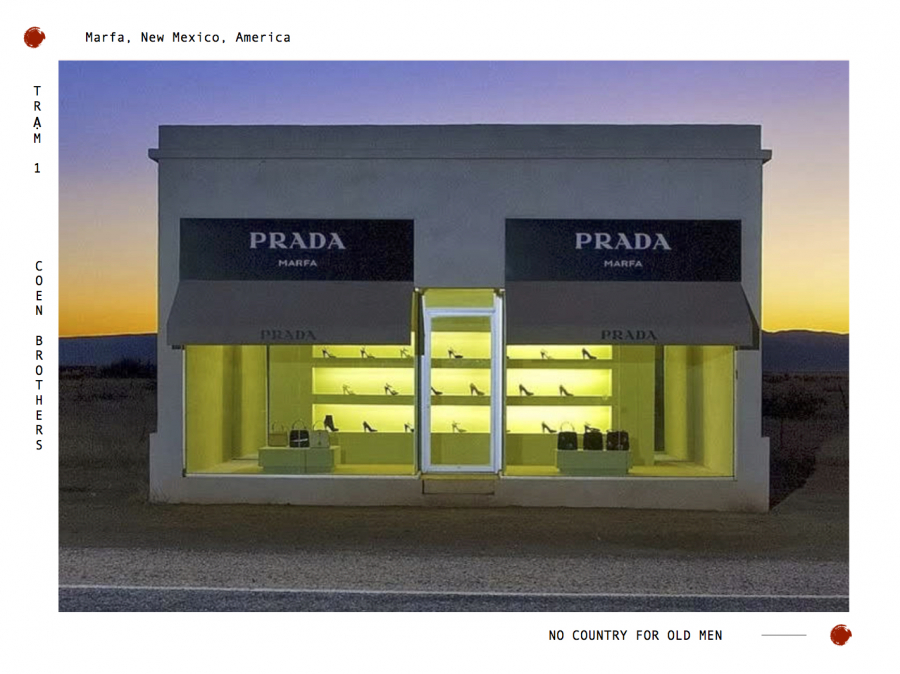
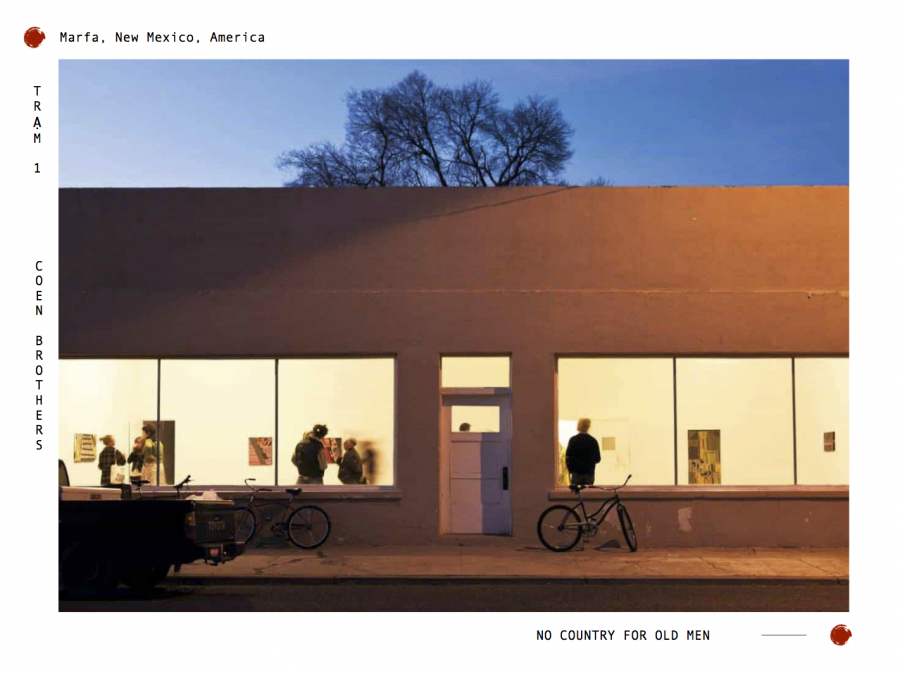

Raising ArizonaAlthough it is one of the early works of the Coen brothers' career, this comedy does not mean that it does not meet the standards of a "very Coen Brothers" film.
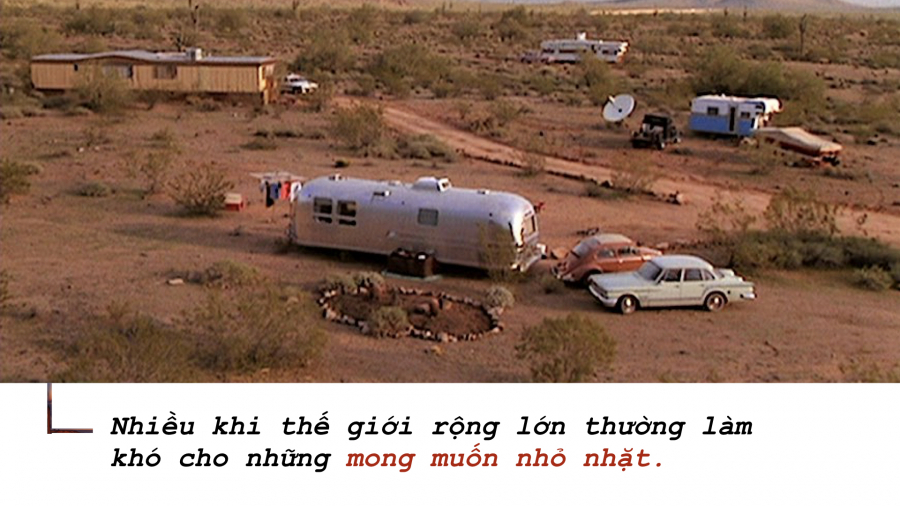
Many of the features in Raising Arizona have become the premise for the later success of the two veteran directors in the film industry. Some of the typical elements that can be seen are the humorous, absurd nature in the love story of retired criminal Hi and former police officer Ed, along with the debate between the complex black and white in modern society. However, the most typical feature must be the wild and majestic desert landscape to build the world in the film.
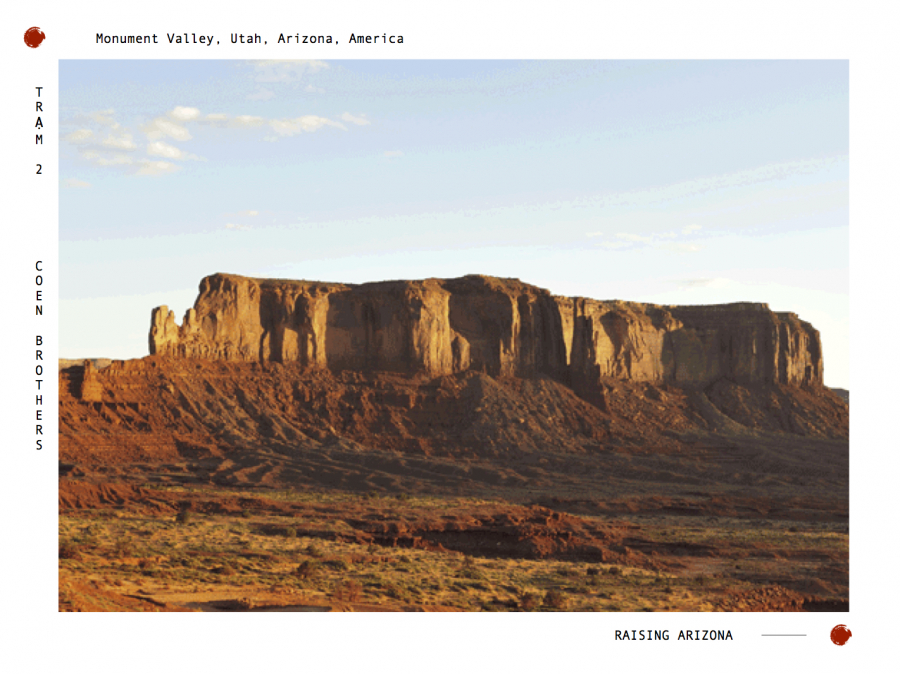

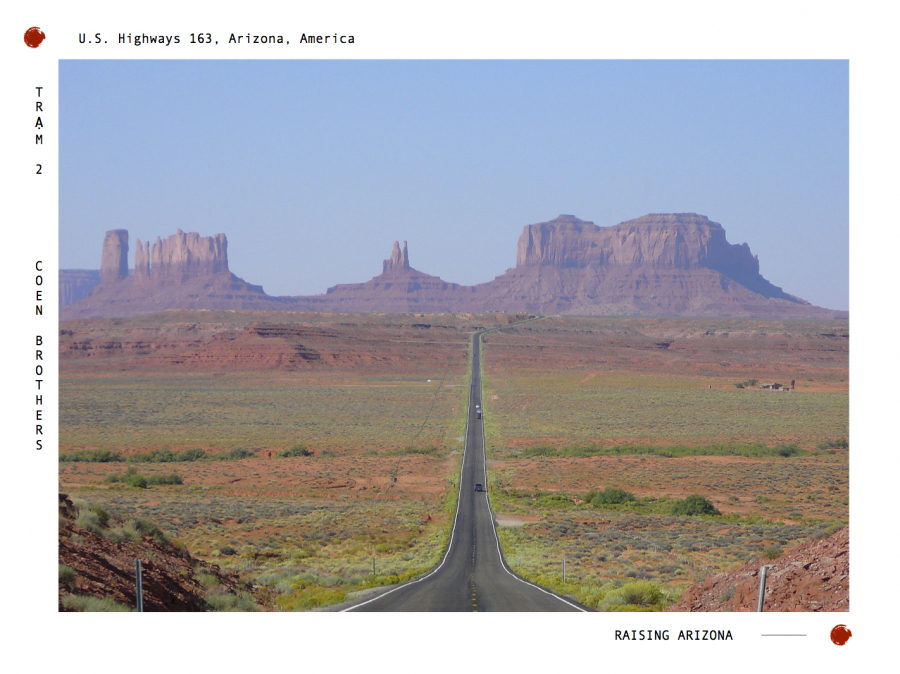
Raising Arizona was mainly filmed in Phoenix, the capital of Arizona. Because of its mountainous and desert surroundings, Phoenix is also known as Hoozdo, which literally means 'this place is hot'.
Unlike the desolate desert of No Country For Old Men, the desert of Raising Arizona is both funny and profound, quirky and beautiful. The beauty of the red rock mountains, the prickly cactus clusters, and the peaceful small towns not only speaks to a morality that seems to have been shaped decades ago (of the conscientious criminal Hi and the child-loving prison escapees), but also depicts the evil that always lurks and lurks in our minds. But like all evil, the Coen brothers often criticize such actions through images so ridiculous that they make us laugh, even in a situation as tense as this story.
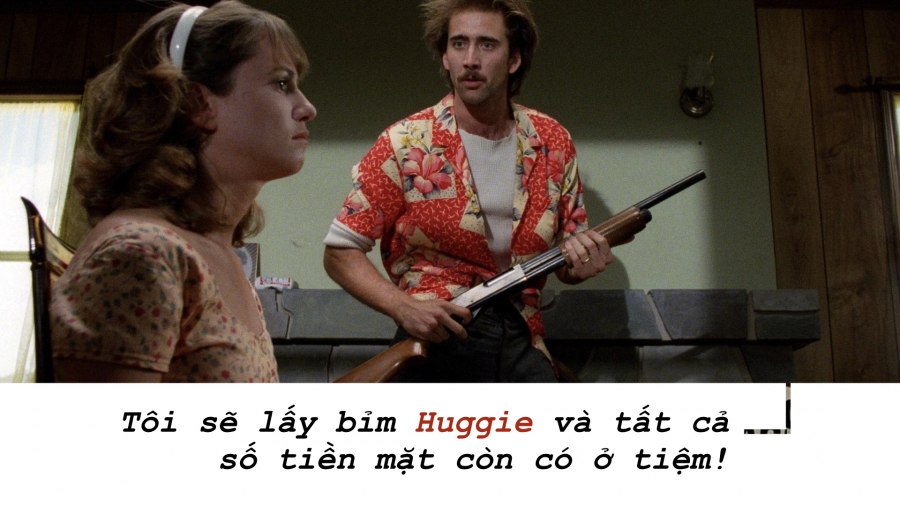
There is also a legend in Arizona about a god named I'itoi who brought humans to Earth when he lived at the top of Mount Baboquivari. From there, the ancestors of the Arizona people were divided into the Tohono O'odham (desert people) and Akimel O'odham (stream people). The god I'itoi, also known to the O'odham as the Man in the Maze, is the man who appears in the maze circles on seals, stone carvings, and personal belongings of the O'odham. He represents the journey of man through the ups and downs of life; at the center of the maze is the Sun god who will guide him to the good world beyond. The Man in the Maze symbol is also carved on furniture and woven into baskets.
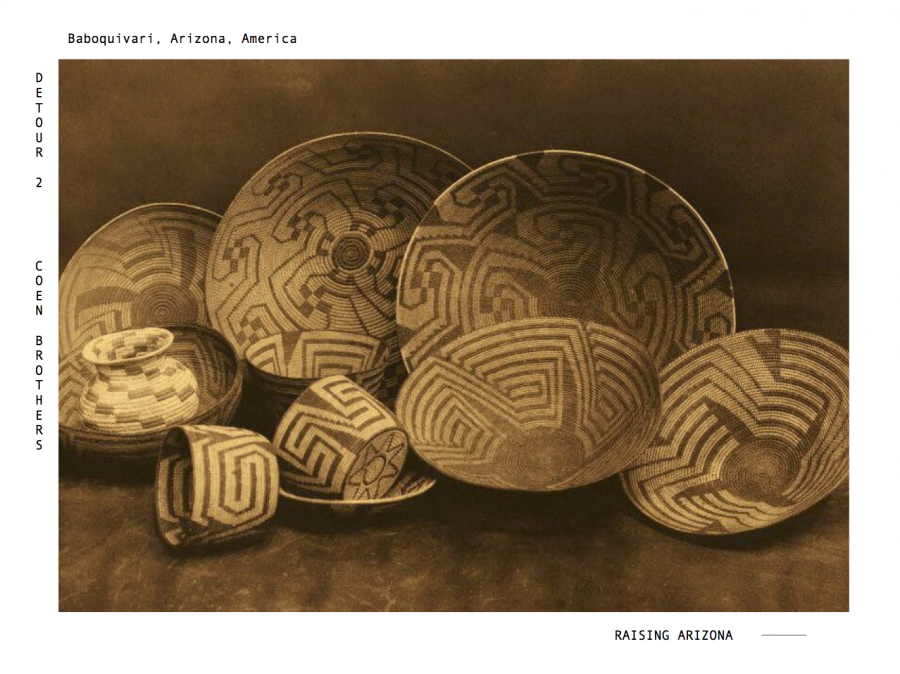
A journey through obstacles and ups and downs to bring valuable experiences and lessons along the way of life, so that when reaching the destination, they receive what they deserve - which is also the reason for the birth of movies and the mission of filmmakers, which is also what the Coen brothers have brought and experienced throughout their career. On that journey, our souls are filled with fictional stories that evoke emotions that are too real, sometimes to the point of extreme pain.

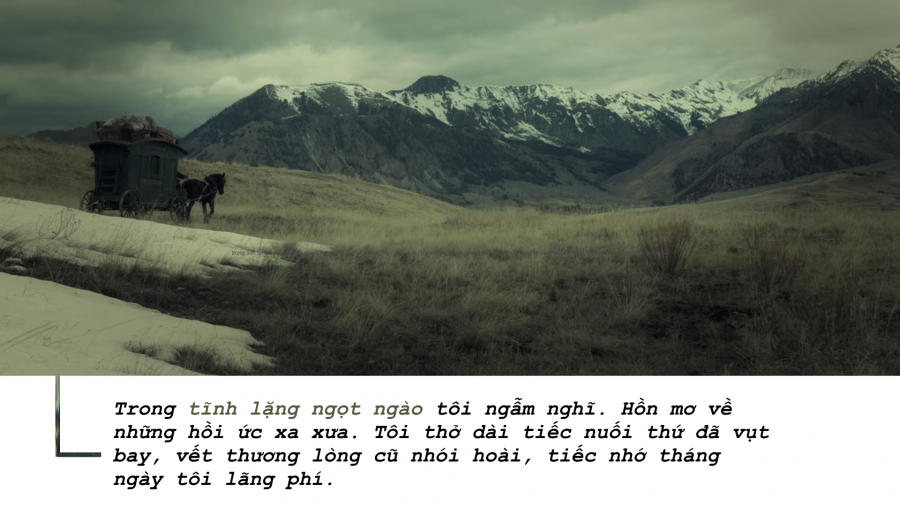
A rickety wooden carriage creaked and creaked as it moved along the icy mountain range. On the carriage sat an old man with a frozen beard and a boy with all four limbs amputated. In fact, the carriage was also a mobile stage for the disabled boy's theatrical performances. As the carriage climbed higher and higher, the audience for the two men's performance dwindled, despite the disabled boy's outstanding ability to perform monologues. One day, the old man decided to give up the young man's superfluous life because he had found another "talent" who could attract more audiences than him: a chicken that could count.
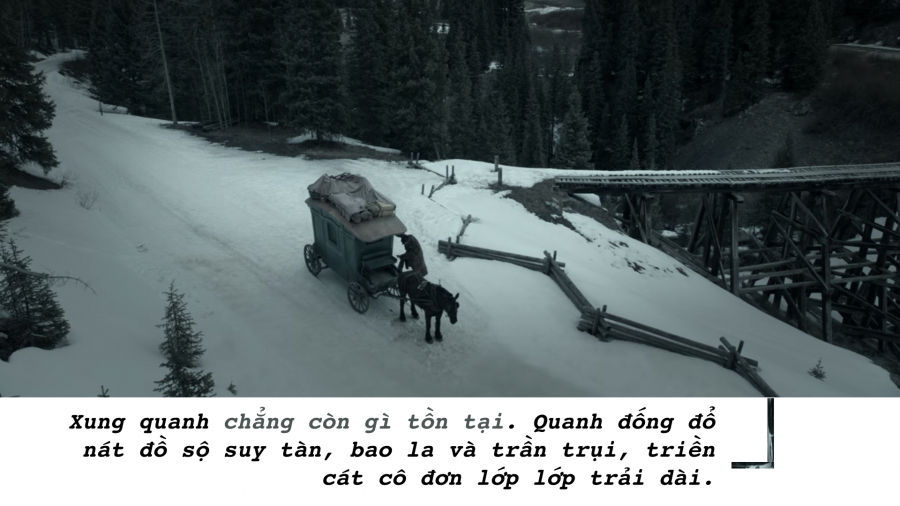
Meal Ticketis a chapter in the movieThe Ballad of Buster ScruggsThe film is set in Telluride, a small city at the base of Box Canyon, Colorado. Surrounded by mountains, residents here enjoy stunning views no matter where they stand. That's why Telluride is a "secret" place for the elite to ski every Christmas.
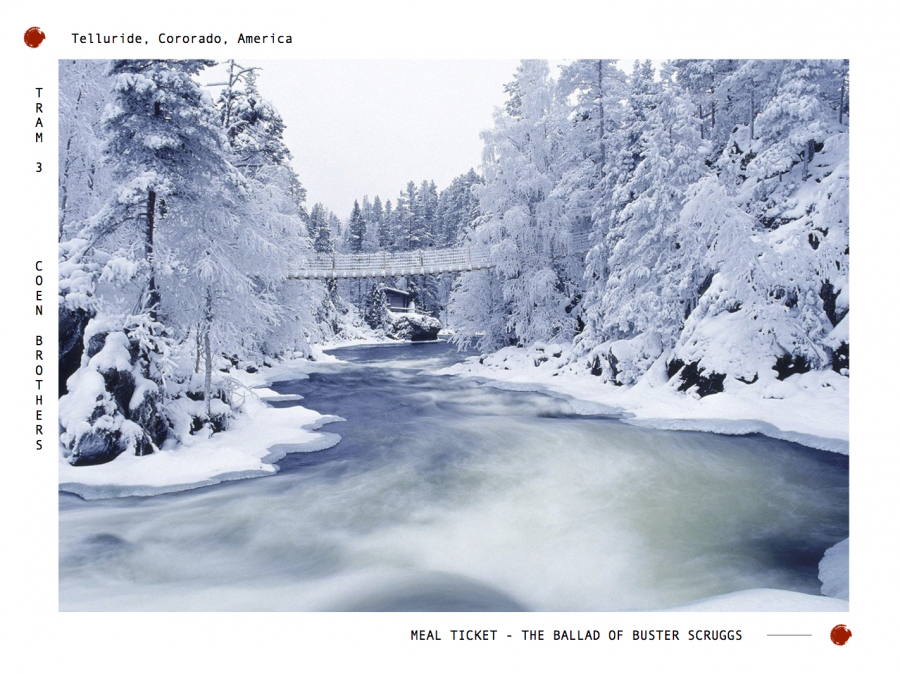
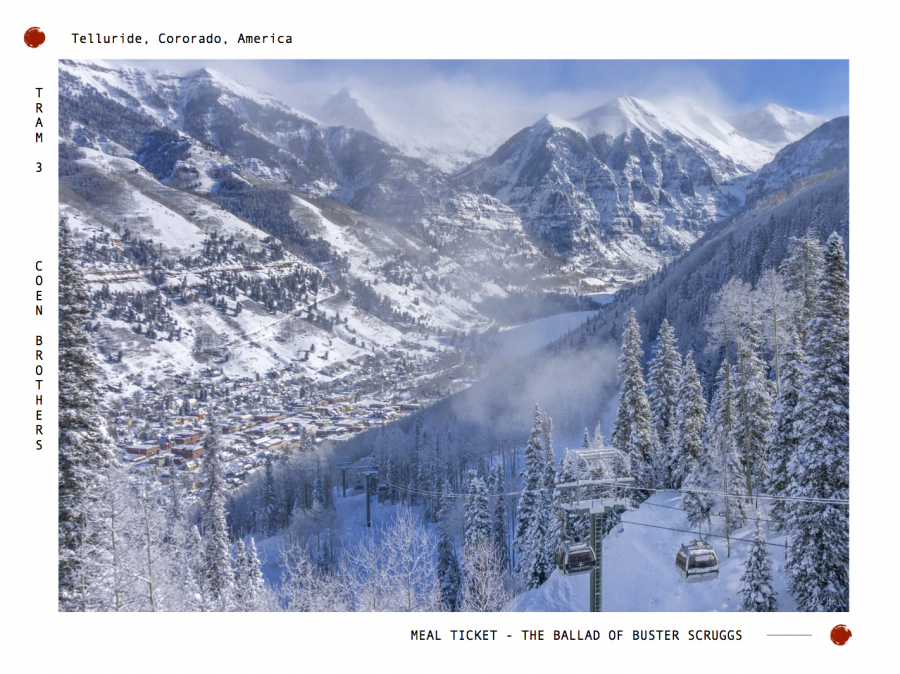
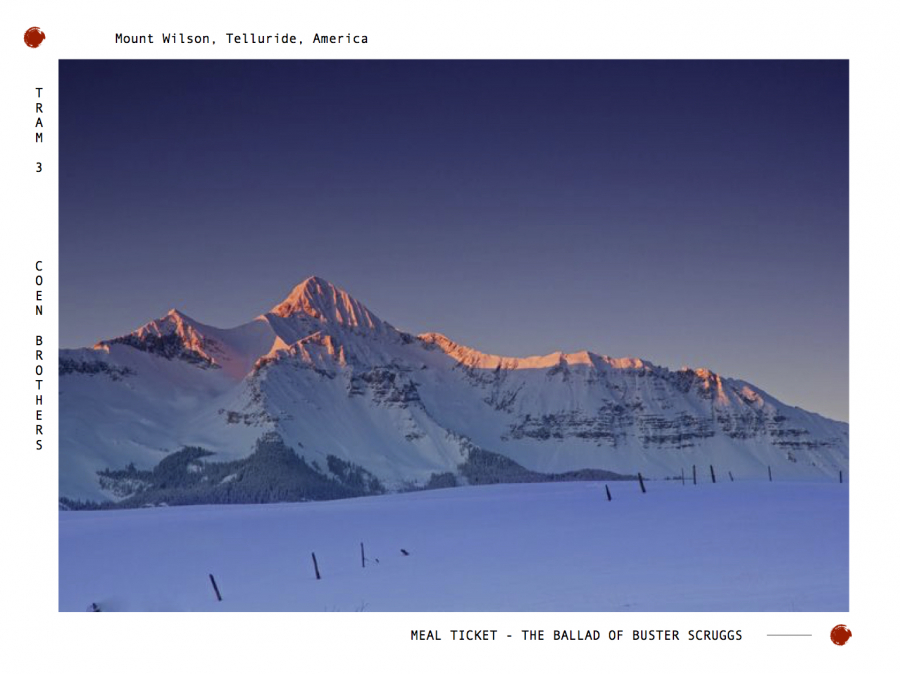
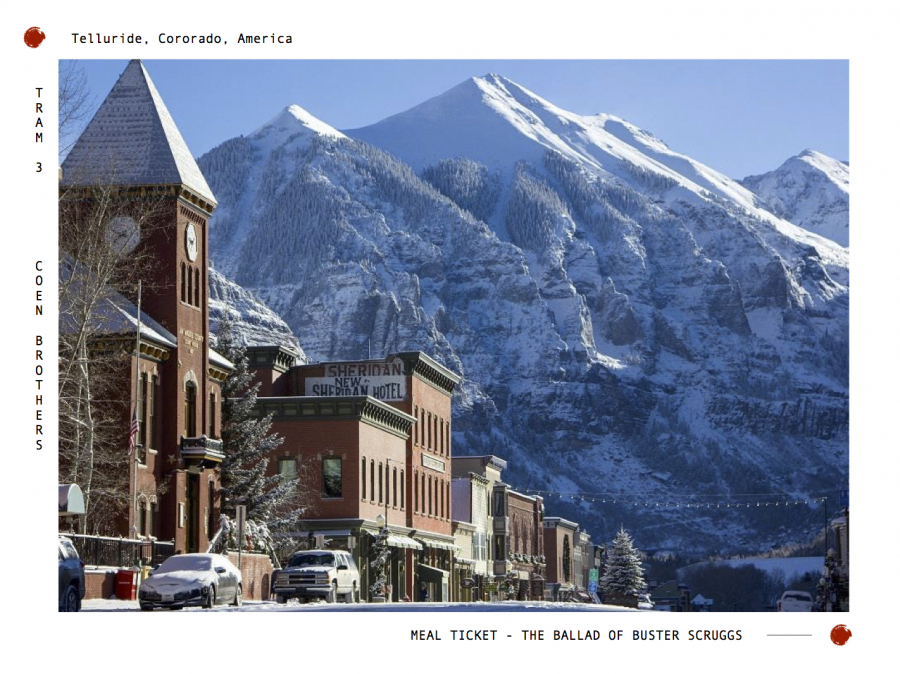

Deep in sleep, Brainerd, day and night. The silence, the endless frozen lakes, make the landscape seem deserted. Strangely enough, this cold Minnesota land is considered the happiest place to live in America.
To bring an absolute freezing atmosphere to the visual, the Coen brothers chose some other locations in Minnesota such as Brainerd and Twin Cities. In contrast to the year-round freezing weather, the residents of Minnesota have an extremely friendly and polite personality.
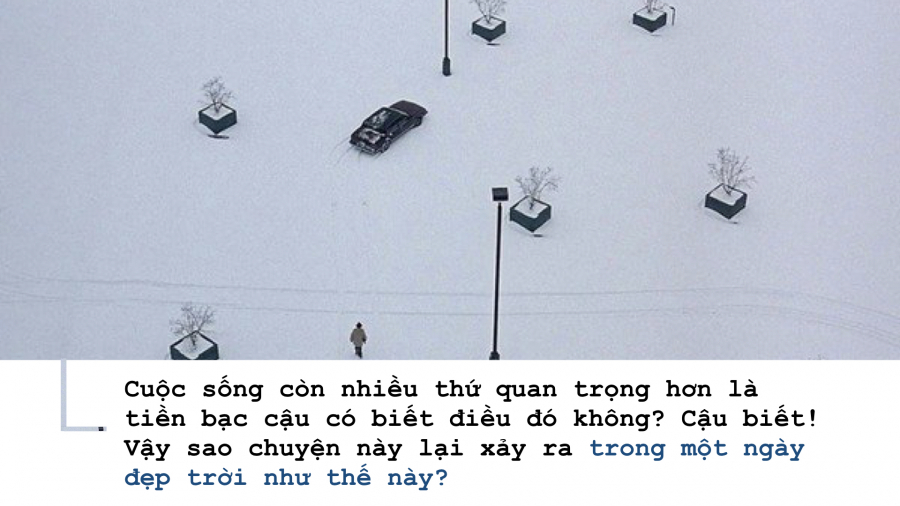
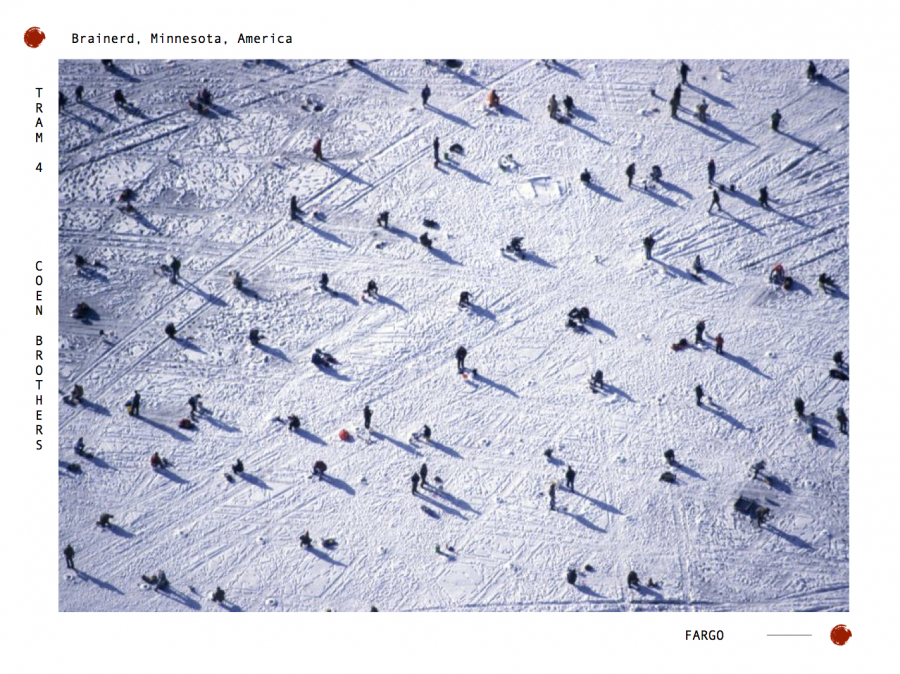
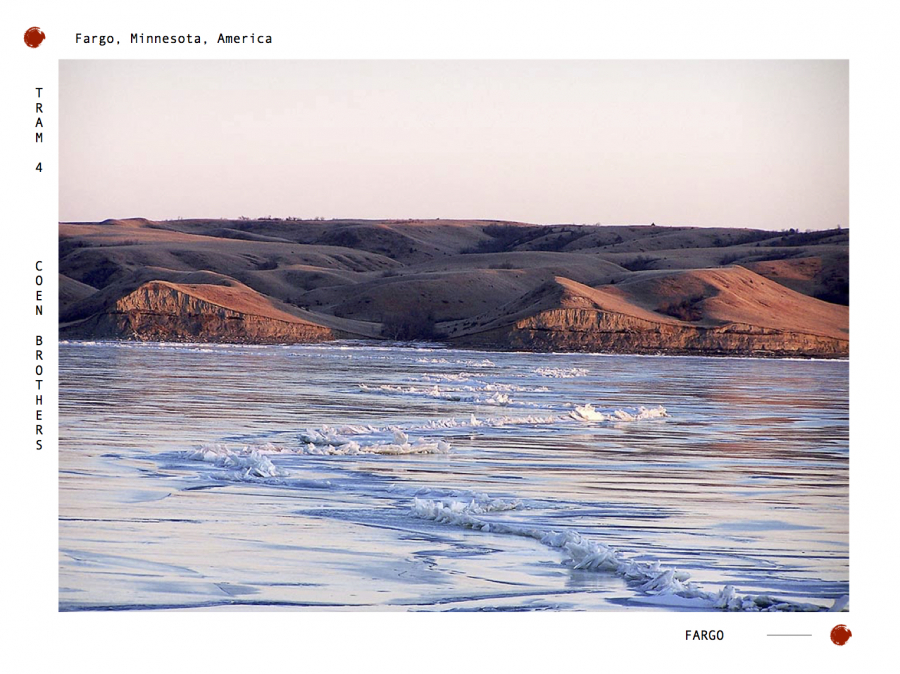
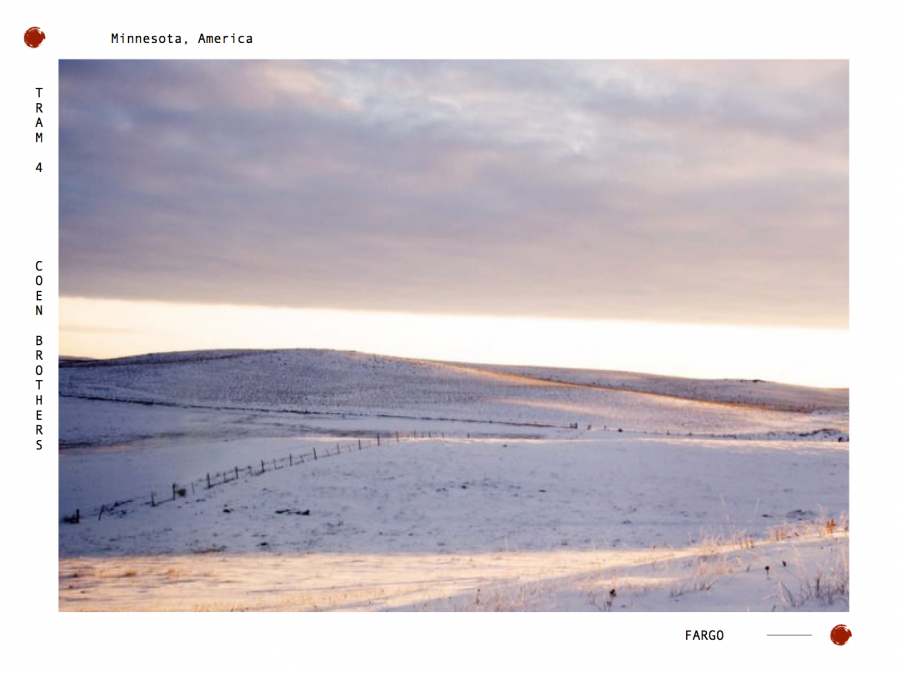
Not only inFargo, Hollywood has portrayed the Minnesotan character in a number of other works that have also attracted a lot of love from the audience. A typical example is the character Marshall Erickson in How I Met Your Mother, who has a friendly and kind personality just like Sheriff Marge and all the other characters living in the Minnesota area in Fargo. There seems to be no scientific proof as to why the people here are considered one of the places with such friendly and lovable people, however, one thing can be affirmed, Fargo has become one of the works that brings the sincerity of Minnesota to the audience and has a great influence on the cinema every time it depicts a realistic Minnesota world.


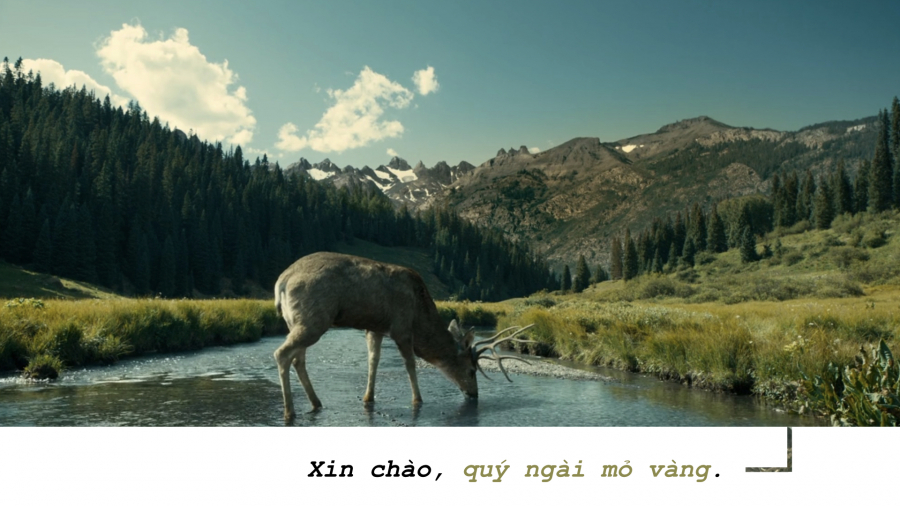
After a soaring and quiet tour of American nature, the Coen brothers bring us to one final emotional peak: contentment.
All Gold Canyonwas filmed at Piney River Ranch, a location right next to the mountain range in Telluride in Meal Ticket. However, unlike Meal Ticket, All Gold Canyon was also filmed in Telluride but in the spring and summer. Summer here can be known for its rolling green-white flower hills, wild deer walking slowly through the deep green grass beds.

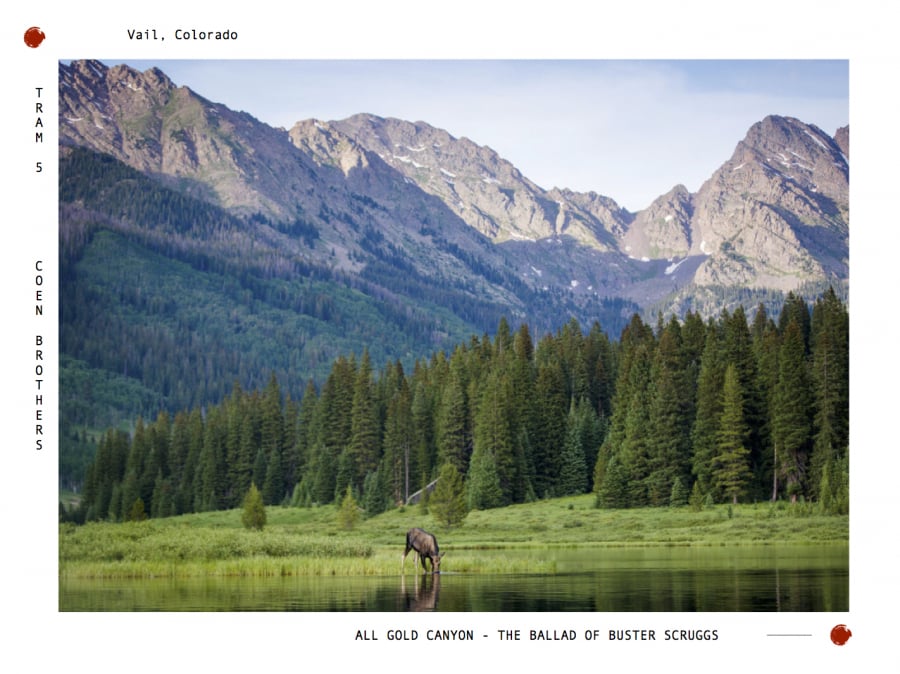
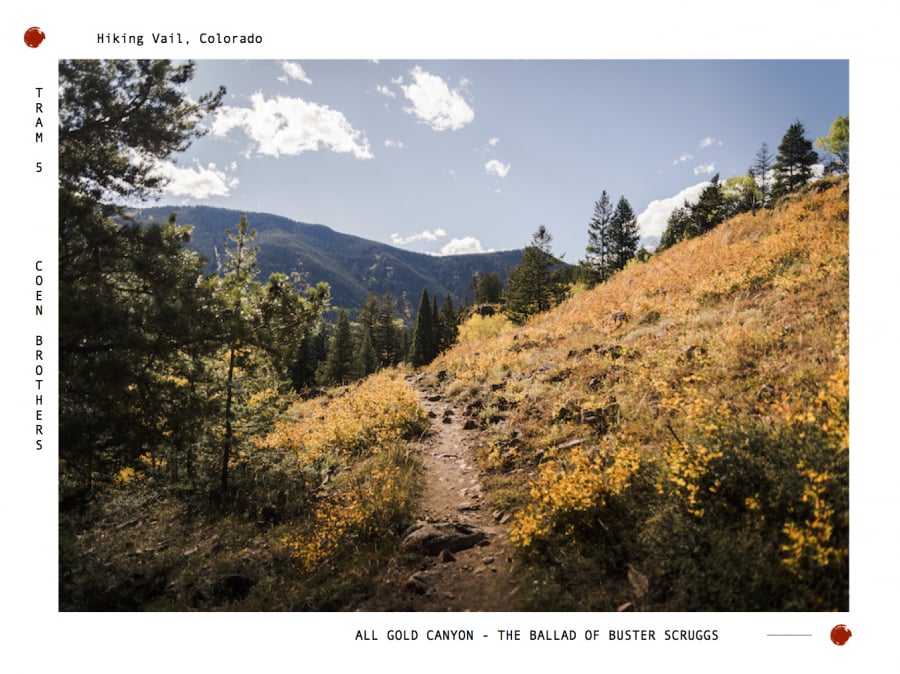
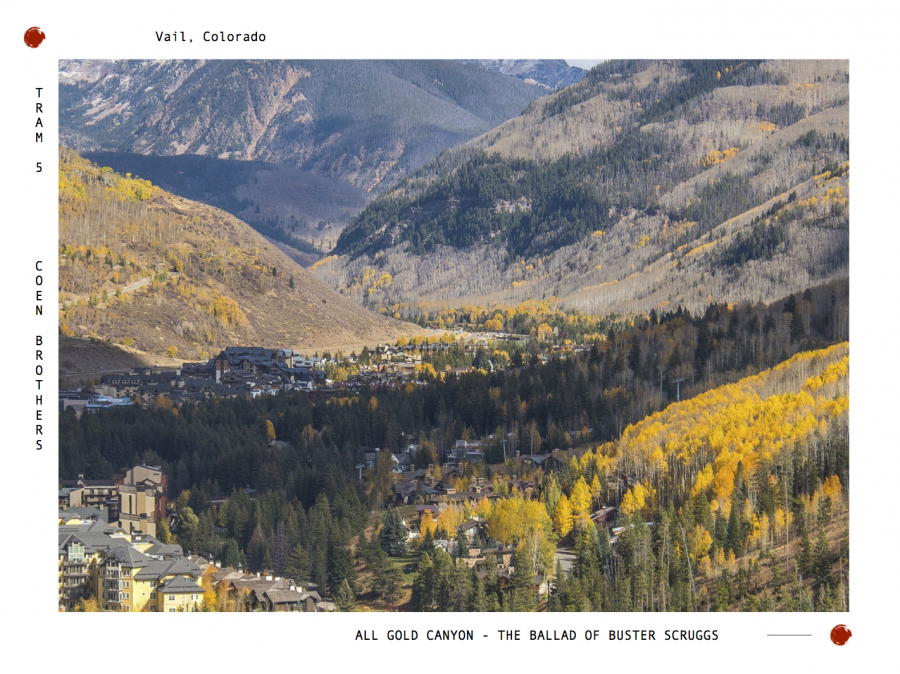
The All Gold Canyon chapter of The Ballad of Buster Scruggs tells the story of a farmer's ingenuity and determination to find a gold mine under the slopes of Pike Peak - a real gold mine that was discovered in 1858. After many fatigues and mistakes, even when his life seemed to end, this nameless old man - played by musician Tom Waits - was finally able to rise up and claim what he deserved. He also did not forget to thank the gods, nature and the heavens for helping him get the gold mine.
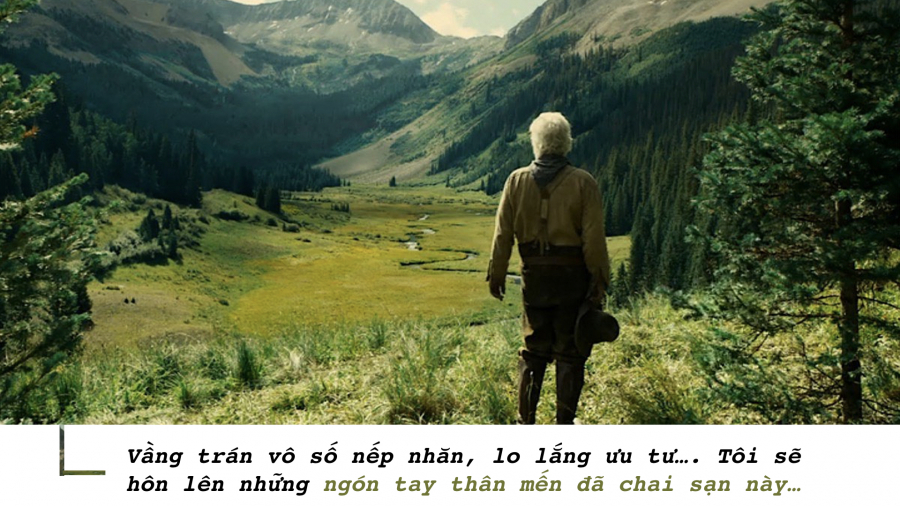

Ethan Coen, one of Hollywood's two most veteran directors, once said: they, and we, don't really need to see a police officer suffer for a crime to know how chaotic and random life really is. Because when a story is told right, it lives in our hearts.
“You don't need a true story to make a true movie.”





